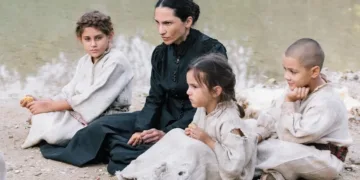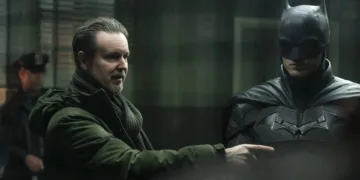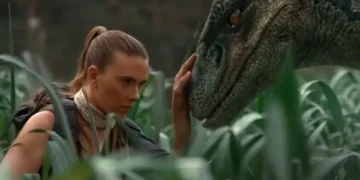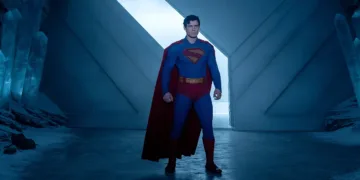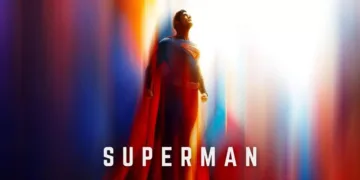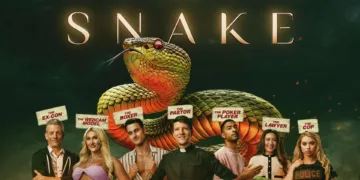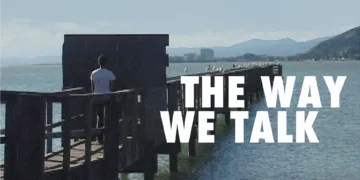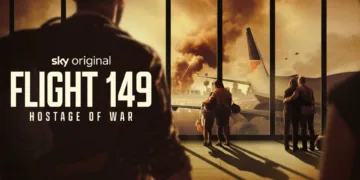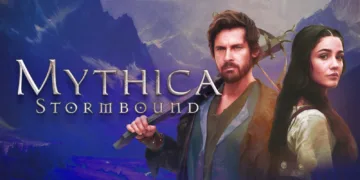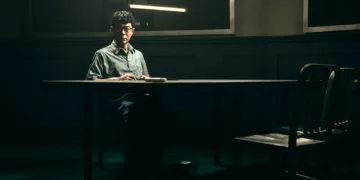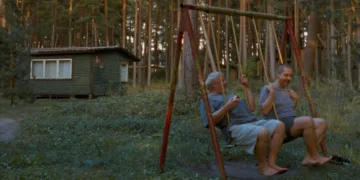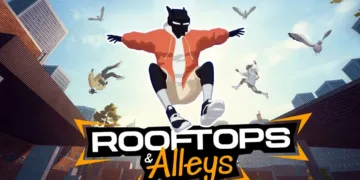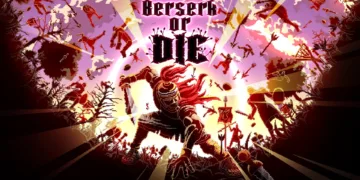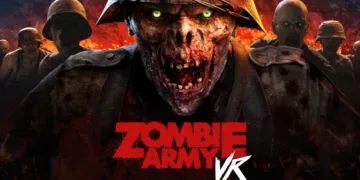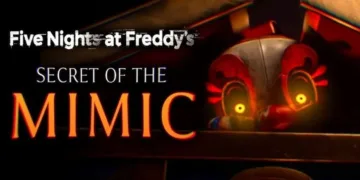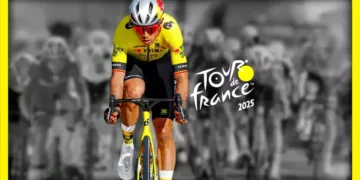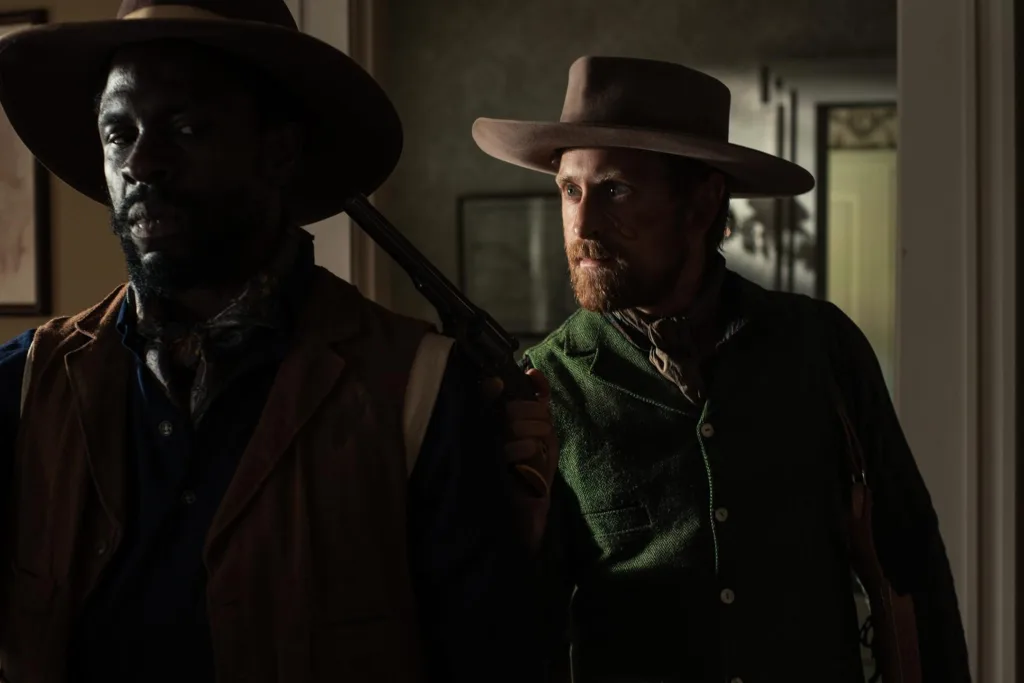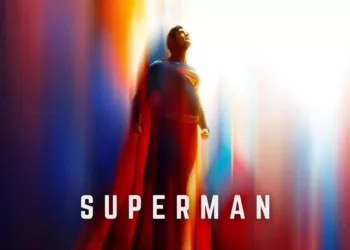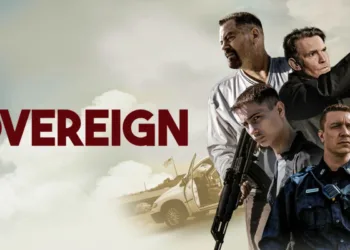Johnny Remo’s “Trail of Vengeance,” a historical western set in the raw, unforgiving landscape of 1875 America, unfurls with the grim inevitability of a Greek tragedy played out in Stetsons and spurs. Penned by Remo and Daniel Backman, the film wastes little time in thrusting us into its central crisis: the brutal disruption of Katherine Atherton’s world.
Her life, presumably one of frontier domesticity (a concept always more fragile than its proponents admit), is shattered when her husband Caleb falls victim to a targeted killing. The architects of this violence, Colonel Davis – a man with ambitions that evidently require a sanitized past – and his thuggish envoys, Frank Cooper and Zeke, operate with the chilling efficiency of those who believe history can be rewritten with enough bullets.
Their immediate goal is clear: silence a man. Katherine’s immediate future, however, becomes a vast, echoing question mark, defined by sudden loss and the spark of something far fiercer than mere grief. The inciting incident is less an incitement and more of a brutal shove into a different kind of existence.
The Geometry of Grief and Gunpowder
Katherine Atherton’s response to this domestic apocalypse is not a descent into victimhood, but a rather swift pivot towards retribution – a path often glamorized, rarely understood. Her decision to pursue those who upended her life leads her, through a posthumous breadcrumb trail left by the provident Caleb, to one John Scobell.
Scobell is a figure seemingly etched from the very stone of the period’s disillusionment: a former Pinkerton agent, carrying the weight of past assignments and, one imagines, the psychic toll of navigating a world where justice is a commodity, not a right. His initial reluctance to be drawn into Katherine’s maelstrom of sorrow and fury is palpable; he has seen this play before, or variations of it.
Their subsequent alliance is not the stuff of dime-novel romance, but a harder, more pragmatic bond forged in the smithy of shared purpose, perhaps even a shared understanding of a fractured moral landscape. It’s a companionship of necessity, two solitary figures finding a temporary congruence in a hostile expanse. Meanwhile, the antagonists, led by the politically aspiring Colonel Davis, are revealed to be engaged in a more extensive project of historical erasure.
Their hunt for the “Woods”—Pinkerton agents privy to Davis’s unspeakable wartime activities—paints a picture of power desperately trying to outrun its own shadow, a common enough spectacle then as now. The “Woods” themselves, those undercover operatives from the Civil War, represent inconvenient truths, the kind that powerful men have always sought to bury, often under bodies.
Souls Under Pressure: Archetypes in Agony
Katherine Atherton’s journey is the film’s central pillar, and it is ostensibly one of transformation from bereaved wife to determined agent of… what, precisely? Justice? Vengeance? The line, as ever, blurs. Her emotional state, initially raw grief, calcifies into a steely resolve, a metamorphosis that speaks to a certain frontier pragmatism when faced with systemic failure. One wonders if this is empowerment or simply the adoption of the aggressor’s tools.
John Scobell, on the other hand, embodies the weary warrior, his past as a Pinkerton providing a complex patina. His assistance to Katherine seems less about a rediscovered heroism and more about a quiet, almost reluctant, adherence to a personal code, perhaps the last vestige of a man who has seen too much to believe in grand gestures. His character, potentially echoing the real-world figure of a pioneering Black Pinkerton agent, carries the implicit burden of navigating multiple frontiers of prejudice and danger.
The villains are, in their own ways, equally instructive. Colonel Davis is a study in the banality of ambitious evil, his ruthlessness seemingly a function of political calculation rather than pure sadism – though the distinction offers scant comfort to his victims. His desire to sanitize his past is a timeless preoccupation of those who build futures on rotten foundations. His henchmen, Frank Cooper and Zeke, are more visceral representations of malice: Cooper the efficient enforcer, Zeke a portrait of something more primal, perhaps a necessary, if ugly, tool for men like Davis.
The film circles themes of loss, the weight of memory, and the often-illusory quest for closure. It pokes at the idea of resilience, not as a simple virtue, but as a hard, often scarring, adaptation. The presence of supporting figures like Hoko, the mercantile owner, provides brief anchors to a world beyond the immediate cycle of violence, a reminder of the ordinary lives that form the backdrop to such extraordinary disruptions.
Framing the Void: Aesthetics of the Ache
Johnny Remo’s directorial hand in “Trail of Vengeance” seems to aim for a particular kind of western authenticity, one where the grit is both literal and psychological. The story’s pacing appears to allow for moments of quiet reflection to punctuate the bursts of (reportedly quite visceral) violence, a recognition, perhaps, that the aftermath of brutality is as significant as its execution.
The way violence is depicted – if it leans into the “cowboy splatter” some accounts suggest – could be seen as a blunt statement on the harsh realities of the era, or perhaps a stylistic choice to amplify the stakes of Katherine’s personal war. The overall tone achieved might be one of somber intensity, a world where hope is a scarce resource.
The cinematography by Isaac Alongi reportedly makes much of the Arkansas landscapes, and this is crucial. The West, in these narratives, is never just a backdrop; it is an active participant, its vastness capable of both swallowing individuals whole and, paradoxically, throwing their moral struggles into stark relief.
If the framing is indeed as striking as suggested— capturing everything from grand vistas to intimate moments of despair like Katherine weeping by a building (an image potent enough for a doom metal album, one hears) — then the camera is doing significant narrative work. Sacha Chaban’s orchestral score, if it truly enhances the menace of villains and the sorrow of victims, becomes another layer of this constructed reality, guiding the audience’s emotional responses, sometimes subtly, sometimes with the force of a cavalry charge.
Even details like costume design – the observation about clean clothes making blood spatters more vivid, for instance – can be interpreted as a deliberate choice, turning textile into a canvas for the story’s brutal palette. These artistic choices, from the sweep of the camera to the cut of a coat, collectively forge the film’s atmosphere, ideally creating a cohesive world that feels both historically grounded and thematically resonant. The success of such a film often lies in this delicate alchemy, where craft serves not just to tell a story, but to make us feel its specific gravity.
Full Credits
Director: Johnny Remo
Writers: Johnny Remo, Daniel Backman
Producers: Johnny Remo, Daniel Backman
Co-Producers: Lesa Wolfe, Daniel Backman
Cast: Rumer Willis (Katherine Atherton), Gbenga Akinnagbe (John Scobell), Jeff Fahey (Colonel Davis), Graham Greene (Hoko), Eric Nelsen (Frank Cooper), James Landry Hébert (Zeke), Jeremy Sumpter (Caleb Atherton), Ryan Francis (Jared Starwood), Connor Esterson (Caleb Jr.), Daniel Backman (Daniel Westwood), Mark Landon Smith (Colonel Davis’ Assistant), Katherine Forbes (Mrs. Francis), Sophie Calvi (Townsperson), Vu Ha (Lone Cowboy)
Director of Photography (Cinematographer): Isaac Alongi
Composer: Sacha Chaban
The Review
Trail of Vengeance
"Trail of Vengeance" presents a somber journey through the well-trodden terrain of the revenge western, attempting to unearth deeper considerations on justice, trauma, and the shadows of history. Its introspective character potential and atmospheric ambitions are evident, though the narrative itself seldom strays from the genre's stark and often brutal archetypes. The film provokes thought on the cyclical nature of violence, even if its philosophical inquiries sometimes feel muted by the very conventions it employs. It stands as a contemplative piece, more focused on the internal landscapes of its figures than the grand sweep of frontier myth.
PROS
- Engages with significant themes of retribution, justice, and historical burdens.
- Offers potential for layered character portraits, particularly Katherine and Scobell.
- Utilizes its post-Civil War setting to add a degree of historical texture.
- Suggests an atmospheric depth through its intended visual and directorial style.
CONS
- Adheres closely to established Western genre tropes and narrative pathways.
- The pervasive violence, while central, might blunt more subtle thematic points.
- Character arcs, while engaging, risk following somewhat foreseeable trajectories.
- The execution may not always fully match the intellectual scope of its ideas.













